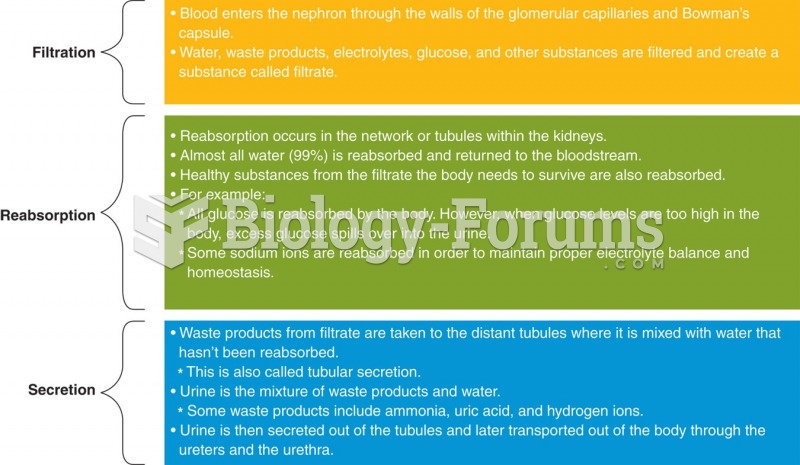Answer to Question 1
The five-step process is:
1. Identify and describe the facts. Find out who did what to whom, and where, when, and how. It helps to get the opposing parties involved in an ethical dilemma to agree on the facts.
2. Define the conflict or dilemma and identify the higher-order values involved. Ethical, social, and political issues always reference higher values. Otherwise, there would be no debate. The parties to a dispute all claim to be pursuing higher values (e.g., freedom, privacy, protection of property, and the free enterprise system).
3. Identify the stakeholders. Every ethical, social, and political issue has stakeholders: players in the game who have an interest in the outcome, who have invested in the situation, and usually who have vocal opinions. Find out the identity of these groups and what they want. This will be useful later when designing a solution.
4. Identify the options that you can reasonably take. You may find that none of the options satisfies all the interests involved, but that some options do a better job than others. Sometimes, arriving at a good or ethical solution may not always be a balancing of consequences to stakeholders.
5. Identify the potential consequences of your options. Some options may be ethically correct, but disastrous from other points of view. Other options may work in this one instance, but not in other similar instances. Always ask yourself, What if I choose this option consistently over time?
Other things to consider when appraising a dilemma include basic ethical concepts such as responsibility, accountability, and liability and how these play into the situation. Additionally, you can judge the situation against candidate ethical principles, such as the Golden Rule, the Slippery Slope theory, Universalism, the Collective Utilitarian principle, Risk Aversion theory, the No Free Lunch theory, the New York Times test (Perfect Information rule), and the Social Contract rule. Actions that do not easily pass these guidelines deserve some very close attention and a great deal of caution because the appearance of unethical behavior may do as much harm to you and your company as the actual behavior.
Answer to Question 2
A student might answer this issue by focusing on an ethical, social, or political issue currently surrounding the Internet and e-commerce. Possible topics include privacy issues, intellectual property rights issues (copyright, patents, or trademarks), taxation, Internet governance issues, online pornography, gambling, or the sale of cigarettes and drugs. In addition, ethical issues related to foreign influence based on hacking is also receiving considerable news coverage.







